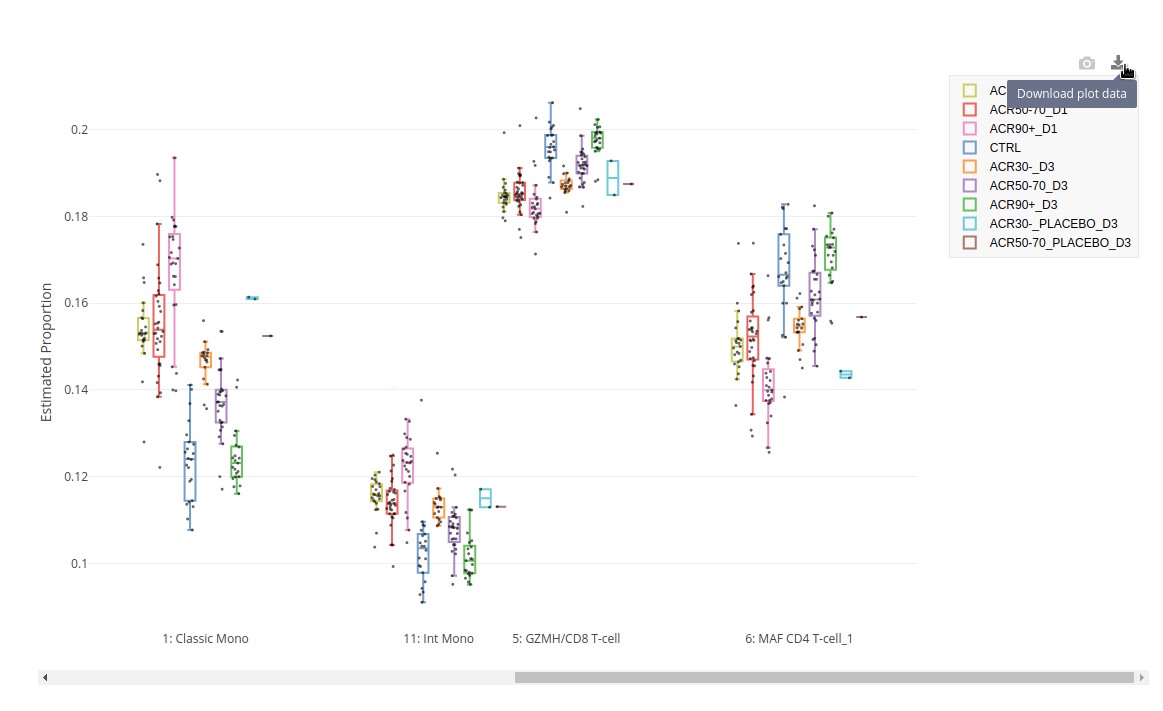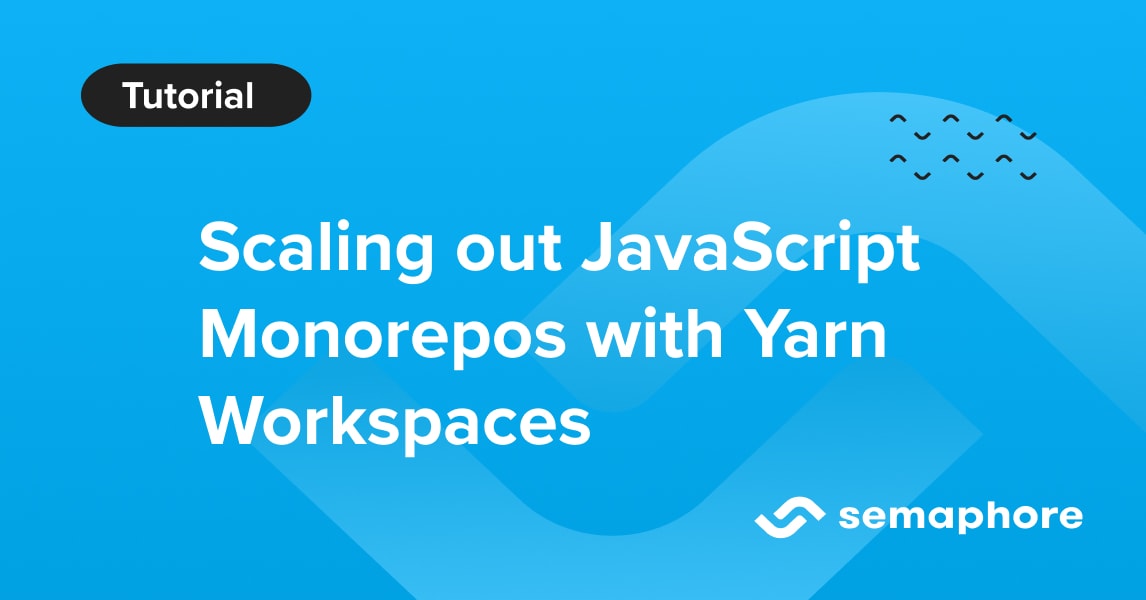

Making Workspaces native to Yarn enables faster, lighter installation by preventing package duplication across Workspaces.
Netlify yarn workspaces install#
Yarn Workspaces is a feature that allows users to install dependencies from multiple package.json files in subfolders of a single root package.json file, all in one go. Starting with Yarn 0.28, we’re excited to share that we support such repositories under the Workspaces feature. Issues such as these convinced us, as package manager developers, that we should support multi-package repositories directly in Yarn.

This introduces inconsistency inside node_modules that a package manager may not be aware of, so running yarn install from within a package may break the meta structure that Lerna manages.

This causes a lot of duplication for each node_modules folder which quite often use the same third-party packages. Lerna calls yarn install multiple times for each package which creates overhead because each package.json is considered independent and they can’t share dependencies with each other.In a nutshell, Lerna calls yarn/npm install for each package inside the project and then creates symlinks between the packages that refer each other.īeing a wrapper of a package manager, Lerna can’t manipulate the contents of node_modules efficiently: install all third party dependencies for each package) a project. Internally it uses Yarn or the npm CLI to bootstrap (i.e.

Lerna is a tool that optimizes the workflow around managing multi-package repositories with git and npm. Testing, managing dependencies, and publishing multiple packages quickly gets complicated and many such projects adopt tools such as Lerna to make working with monorepos easier. However, separating pieces of projects into their own folders is sometimes not enough. Several projects used every day by JavaScript developers are managed as monorepos: Babel, React, Jest, Vue, Angular.
Netlify yarn workspaces code#
To make the process easier, some big projects adopted a monorepo approach, or multi-package repositories, which reduces the burden of writing code across packages. Those who have tried splitting a project into multiple packages know how hard it is to make changes across multiple packages at one time. For example, Jest, being a generic testing tool, gave birth to many packages, one of them is jest-snapshot that is now used in other projects like snapguidist and chai-jest-snapshot. This includes the functions that we're going to write later that will connect to Fauna.Projects tend to grow over time, and, occasionally, some pieces of a project can be useful elsewhere in other projects. Now, whenever we make updates to our GitHub repo, it will be automatically deployed on our site. We can go back to our overview, and click on the name that we just created and send it to our site. Netlify says the site is live and Gatsby is built. We check on our deploys, we can see the build logs. You can also choose a custom domain name and set all of that up. In this case, I'm going to name it the same as the Git repo. If we scroll down, we can change the site name. While the site-deploy is in progress, we'll change some of our site settings. We'll run yarn workspace We'll point to packages/www/public and we'll deploy our site. The build command will be run from the root of our project. We need to specify the build command in the publish directory. You can see all of my other projects, such as and. We're going to use Netlify because Netlify supports everything that we need from static site hosting to lambda functions. Chris Biscardi: Now that we've pushed up our Gatsby site, we can deploy it.


 0 kommentar(er)
0 kommentar(er)
